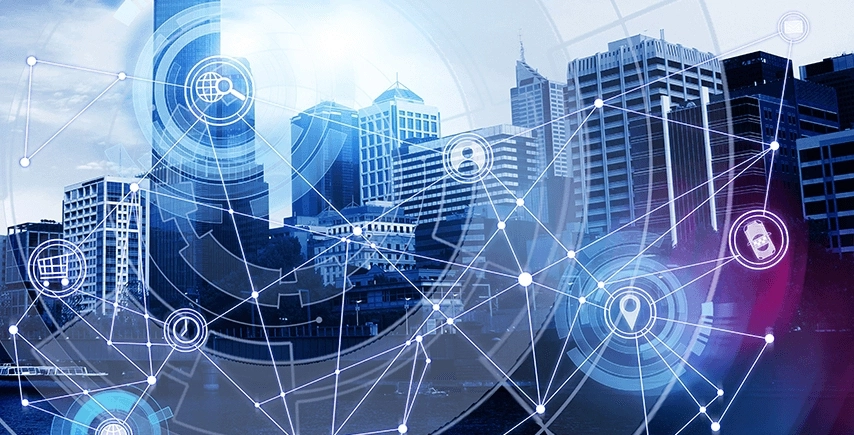CTO Guide: How Essential Is IoT Adoption for Your Business to Succeed?
The digital upsurge empowered businesses to better monitor, track, uncover, and analyze customer data leveraging IoT for greater competitive advantage and an enhanced customer experience(CX).
Read more